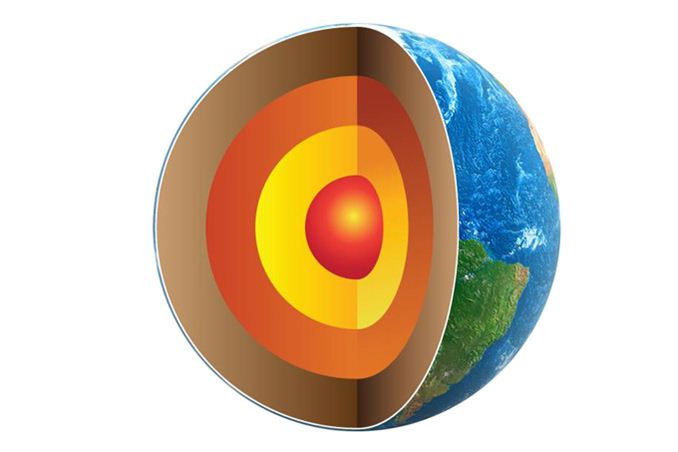AMD Expands On Microsoft Blog Post, Reiterates Mantle Goals
by Ryan Smith on October 15, 2013 10:00 AM EST
Picking up from where we left off with Microsoft's blog post on the state of Direct3D, AMD has released their own short statement through Twitter expanding on Microsoft's blog post with respect to Mantle. Essentially reiterating their design goals for Mantle, AMD laid out why Mantle isn’t in the console (it already has a low level API) and how they intend for Mantle to bridge the gap with console code. Strictly speaking there isn’t any new information here regarding Mantle, but it does serve to provide a short and simple description of Mantle straight from AMD.
Mantle is NOT in consoles. What Mantle creates for the PC is a development environment that's *similar* to the consoles, which already offer low-level APIs, close-to-metal programming, easier development and more (vs. the complicated PC environment). By creating a more console-like developer environment, Mantle: improves time to market; reduces development costs; and allows for considerably more efficient rendering, improving performance for gamers. The console connection is made because next-gen uses Radeon, so much of the programming they're doing for the consoles are already well-suited to a modern Radeon architecture on the desktop; that continuum is what allows Mantle to exist. ^RH
Of course the big question remains unanswered: just how similar Mantle is to the Xbox One's low level API constructs? AMD has laid out a strong case for why it's important to make the porting of code from the console as easy as possible, and in the process left a number of hints indicating that Mantle should be very similar, including committing to supporting Direct3D's High Level Shader Language (HLSL) within Mantle. We should have a better and more complete picture of the full API next month when AMD's 2013 Developer Summit convenes.
Source: AMD Twitter










46 Comments
View All Comments
klagermkii - Tuesday, October 15, 2013 - link
From what we learnt at the Mantle reveal it's DX HLSL compatible, so at least they won't have to rewrite all the shader code.andrewaggb - Tuesday, October 15, 2013 - link
If the performance is actually better and mantle works in linux then it could be a success. But It's also my understanding that amd is exposing more stuff through opengl extensions as well, and as ms stated, 11.2 adds some of the mantle features as well, so it's kinda hard to say how this will all play out.At least I have a 7000 series gpu so I can try it first hand :-)
chizow - Thursday, October 17, 2013 - link
They'll have to recompile the DX or OGL HLSL to Mantle, then do any of the low level optimizations they want to from there. It's more work for Devs, plain and simple. We will soon see if it is worth it, from both a Dev and end-user standpoint.MADDER1 - Tuesday, October 15, 2013 - link
Arrgh! I just want more performance! If developers don't want to maximize hardware, sounds like they are wasting electricity when they can do better. Oh wait, it all comes down to $$$ , not performance. So sad.chizow - Thursday, October 17, 2013 - link
Yep exactly, it is always going to come down to $$$ and not just performance, and adding another code path to support is going to further eat into that time/money budget that Devs always face.twtech - Tuesday, October 15, 2013 - link
I don't believe "similar" is good enough, unless it also fully supports nVidia GPUs. If Mantle were on the consoles, you could make a case for providing it as an option on PC for cross-platform games.But the PC part of the market just isn't big enough to justify supporting both cross-platform Direct3D or OpenGL as required, and then Mantle just for Radeons. Game developers will make the Direct3D version because they have to, and then that will be the end of it.
Gigaplex - Tuesday, October 15, 2013 - link
"What Mantle creates for the PC is a development environment that's *similar* to the consoles, which already offer low-level APIs, close-to-metal programming, easier development and more (vs. the complicated PC environment)."Um... The PC environment isn't more complicated to write code for. The high level abstractions which rob performance are there specifically to make it EASIER to write code for.
ddriver - Wednesday, October 16, 2013 - link
AMD is just digging itself deeper. They should focus on making good OpenGL drivers and improve performance there, AMD won't win the hearths and mind of developers by forcing yet another vendor limited API down their throats. There is no place for vendor-locked APIs in the future, not even in the multiplatform present IMO. MS has done enough damage with its DX...ddriver - Wednesday, October 16, 2013 - link
"Mantle: improves time to market; reduces development costs"Really? How does it improve any of those considering that if you want your game to run on non AMD hardware you have to do everything all over again?
Surely, there is nothing more beneficial to development cost and time than doing the same thing twice... or why not even 3 times? Mantle for AMD, DX for MS and OGL for Android.
chizow - Thursday, October 17, 2013 - link
Yep, totally agree, I've raised that question as well. It's really just marketing jargon by AMD to try and encourage uptake, same as their misleading comments about Mantle being Open source, Open standard, multi-platform. Clearly, it's none of this, it's AMD proprietary API for GCN-only, PC-only.If anything AMD said about improving time to market or streamlining the development process were true, we would at the very least see Mantle launch alongside the Windows DX version of BF4, but of course, it's coming a full month+ later in December (maybe).